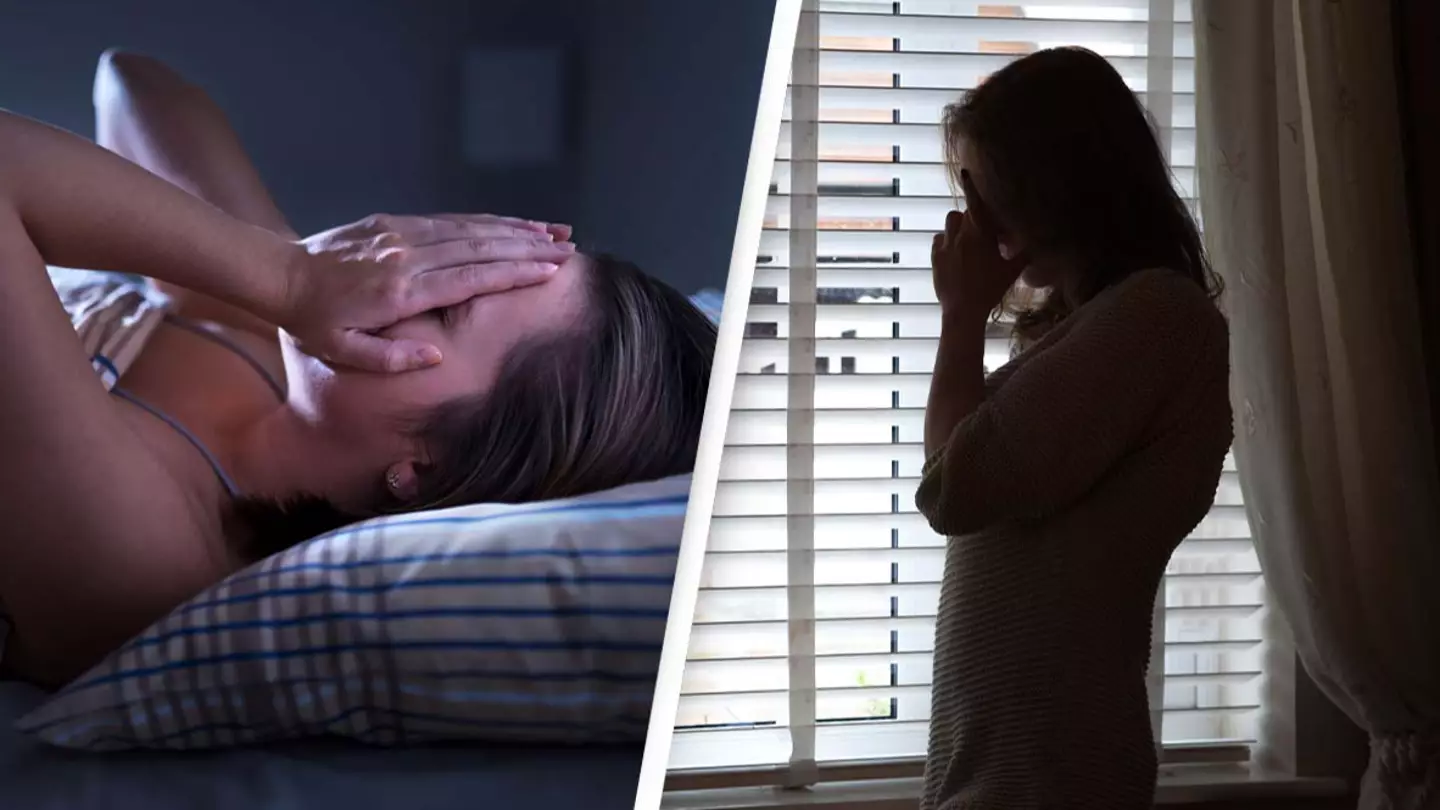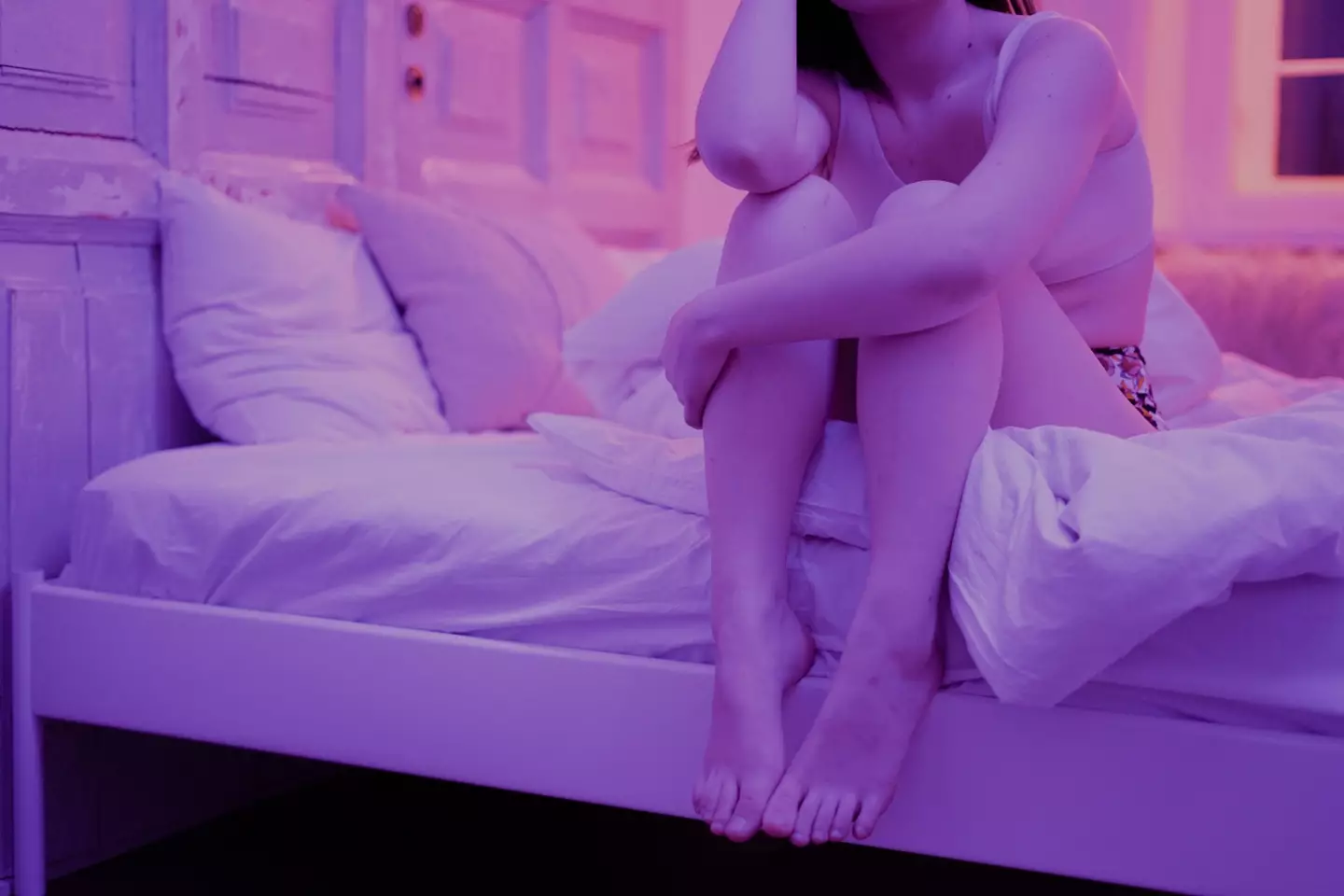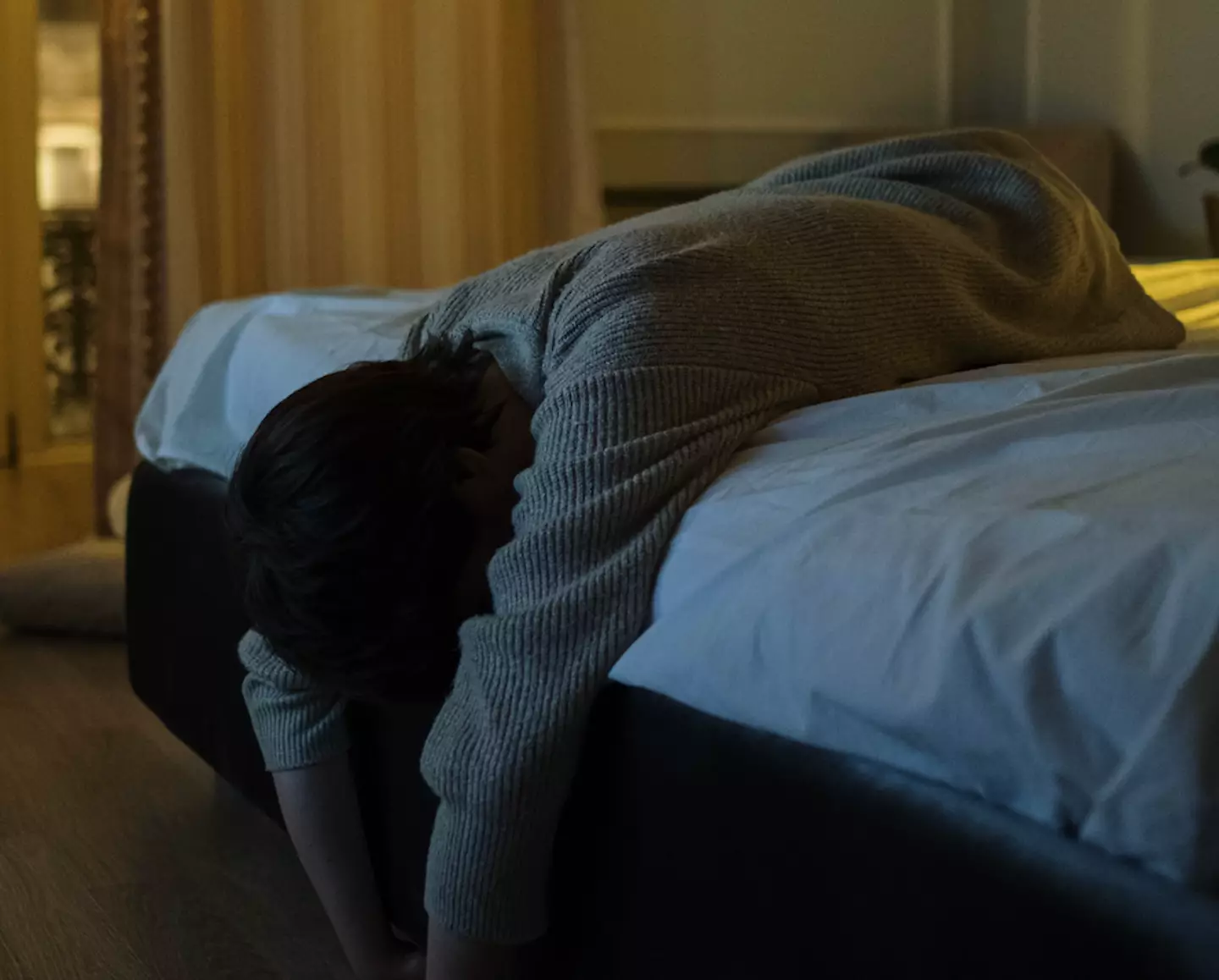
It sucks when you can't sleep, right? You're forced to just lie in bed for hours on end, waiting for the sun to rise. Now imagine doing that for eight days straight.
It might seem impossible to go so long without rest, but not for Samantha - which isn't her real name - a woman who's opened up about living with hyper-insomnia.
Unlike hypersomnia, which is when you get too much sleep, insomnia is when you can't sleep. And hyper-insomnia takes that to a whole new level, with Samantha having gone as long as eight days without sleep.

There are different types of insomnia, and during an appearance on the What Was That Like? podcast, Samantha explained that she has a number of these different types, prompting doctors to diagnose her with 'unspecified hyper-insomnia'.
Advert
In 'laymans terms', Samantha explained that she stays awake for such long periods because the brain waves that tell her brain to go to sleep run simultaneously with those that tell her brain that it's awake.
"They run in unison at all times," she explained.
Even sleeping pills only usually put Samantha to sleep for a couple of hours, and she can't take too many without building up a tolerance to them.
Now in her late 30s, Samantha used to try and wear herself out with intense exercise, but after suffering a knee injury she was forced to slow down and now tries to tire out her body with walking, yoga and cleaning.
Advert
"By the end of the day, after I’ve cleaned, I expect my brain to be tired and shut down, but no. My body’s tired. So, I’ll go lay down in bed all night and just get some rest for my body," she said, adding that her brain would still be 'fully active'.
Samantha can't work due to other health issues, so with nothing to do but wile away the hours, she fills her time by reading, playing video games, watching TV and picking up new hobbies.
Spending so much time awake is both the best and worst bit of her condition, Samantha said, explaining: "[The worst part is] having too much time on my hands.
Advert
"As normal people, you all get hours of sleep. So there’s a big chunk of the day that you all don’t do anything. To me, that big chunk of the day is actually time that needs to be filled with something and that’s the hardest thing - just having too much free time can be a bad thing.
"[The best part is that] most people who sleep for eight hours or more don’t have that extra time to do more things. But for me, I’ve got that time I can use to get stuff done."
Over the years, Samantha has found that yoga and meditation are two of the best things that give her 'some kind of peace' in her head.

When she does manage to sleep, even 20 minutes is enough to re-energise her, and on the rare occasions she gets eight hours, she feels like 'the Energizer Bunny'.
Advert
Though it might sound like a tough condition to live with, it's become 'normal' for Samantha, and she admitted she wouldn't necessarily give it up if she had the option.
"That’s a ‘yes’ and ‘no’ question, actually," she said. "Yes, because I think it would be a good thing to get some sleep and not seem as tired all the time. When everybody’s asleep, I’m not.
"[But] also, I like having all the extra time, especially when I find a really good book that I don’t want to put down or I find a game or sport I’m really getting into. I don’t have to look down and go, 'Oh, no. It’s 2.30AM! I’ve got to go to bed!' I got time - I can do this!"
Though she hadn't met anyone else with the condition at the time, Samantha advised anyone who thinks they might have it to find a sleep clinic to get to the bottom of any sleep issues.